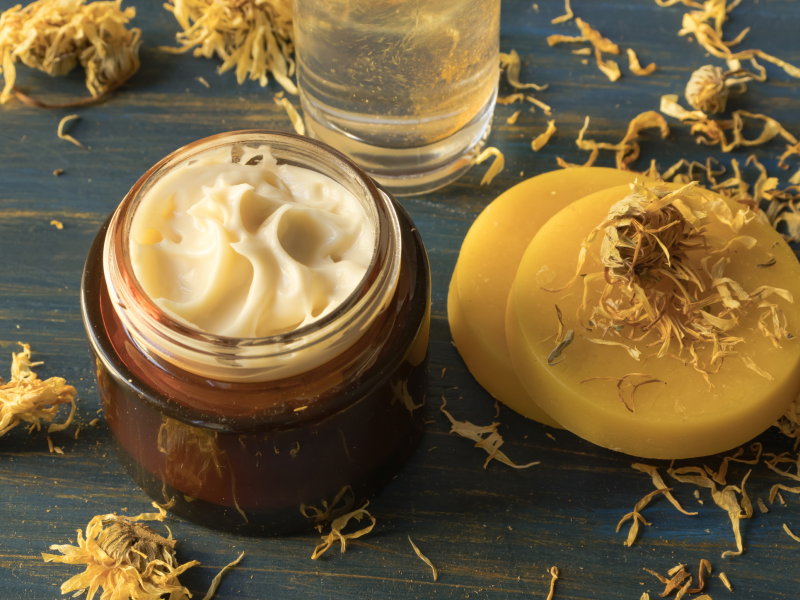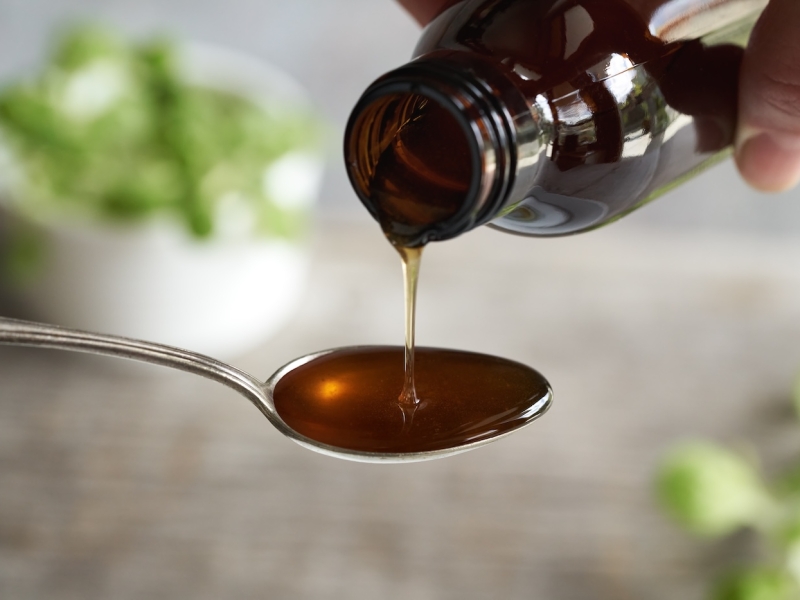How to make herbal powder
What is a herbal powder?
In a way powders are a little miracle that allows us to get the best out of a herb. The barks, roots, fruits, resins of some dried herbs are so hard they need serious cutting and crushing to be optimised as a powder.
When a dried plant is crushed and is passed through various mesh it becomes a powder. Ayurveda has many famous powders, known as churna; Triphala and Trikatu are both famous churna. Traditional Chinese Medicine have their san ji herbal powder tradition as does the western herbal tradition setting specifications for particle size and quality. Powders are a good way to take herbs, especially as tonics and for digestive issues where the aromatic components need to be optimised.

How can I make a herbal powder?
Powdering herbs is a fine art as the different densities, structures and variable fibrous natures of plants necessitate different treatments. You need thoroughly dried herbs and a very good grinder to aim for a suitable micron/mesh size so they are easily absorbed – 40 mesh should be a minimum. However this can be difficult to achieve with some herbs without the most powerful grinder and repeated sieving.
For home use you can powder leaves and flowers with the herbalists best apothecary companion, the pestle and mortar. Roots and barks usually need a grinder and some sieving to become a fine powder.
How to use a herbal powder?
Herbal powders can be taken by mixing with a little water into a paste, diluting and drinking. Another more delicious method is to add some honey and work into a paste and take off the spoon. They can also be made into pills and put into capsules.
What herbs can I use to make a powder?
-
Angelica
Price range: £2.75 through £6.00 Inc VAT -
Ashwagandha
£3.50 Inc VAT -
California Poppy
£2.75 Inc VAT -
Chamomile, German
£2.50 Inc VAT -
Echinacea purpurea
£3.00 Inc VAT -
Marshmallow
Price range: £2.75 through £14.00 Inc VAT









